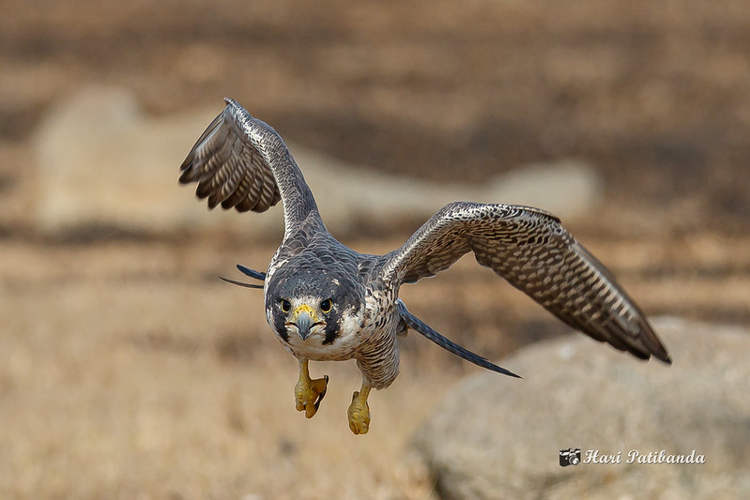Cheetahs are famous for their speed, but they don’t even come close to the world’s faster animal, a falcon that swoops on its unsuspecting prey at speeds of over 300 km per hour.
The peregrine falcon is one of the most efficient predators on Earth, and it owes much of that efficiency to its unrivaled speed. During its characteristic dive, this majestic creature reaches an average speed of 320 km/h, but the highest measured speed of a peregrine falcon is actually 389 km/h (242 mph), which makes it faster than the vast majority of commercially available cars. And it’s obviously much faster than the cheetah’s 64 mph record.

Photo: Hari K Patibanda/Flickr
Even when flying in a straight line, peregrine falcons are impressively fast, clocking speeds of 40 to 55 km per hour (25-34 mph) in travel flight, and reaching 112 km/h (69 mph) when in direct pursuit of prey. But it’s when diving that they show their true power, swooping down at breakneck speeds that would actually cause harm to any other creature.
Peregrine falcons are truly built for speed. Not only do they have a lightweight frame and an aerodynamic diving form that allows them to achieve incredible speeds, but they also have special features that allow them to withstand such velocity. For example, diving at over 300 km per hour would cause damage to any other bird’s lungs, but the falcon has tiny tubercles that direct pressurized air away from its nostrils, allowing it to breathe easily. Nictating membranes also protect the bird’s eyes during its dive.
Another essential feature is the peregrine falcon’s visual processing speed. At 129 hertz, it’s the highest of any other known animal, allowing it to register 129 frames per second. For comparison, we humans have a maximum visual processing speed of 60 hertz.
The peregrine falcon’s unmatched diving speed allows it to attack prey anywhere from a few hundred meters to a few kilometers in just a few seconds, often using the speed to deliver a serious blow to its prey. But diving at full speed would kill them as well as their targets, so the bird will forcefully flap its wings to increase drag and slow down to manageable speeds.
It’s sad to think that only a few decades ago, this majestic creature was almost extinct, and all because of us. The pesticide DDT poisoned adult birds and made their eggshells considerably thinner, preventing the embryos from developing. This caused severe damage to peregrine falcons and many other bird species. It was only after DDT was banned in 1972, that the bird populations started to recover. By 1999, peregrine falcons were taken off of the endangered species list and their numbers have been stable ever since.
For the longest distance flight record, look no further than the tiny bar-tailed godwit, a migratory bird that recently flew a whopping 13,560 km (8,245 miles) non-stop, over 11 days.












